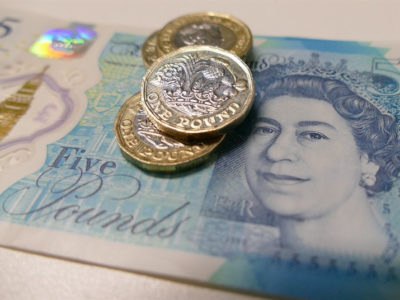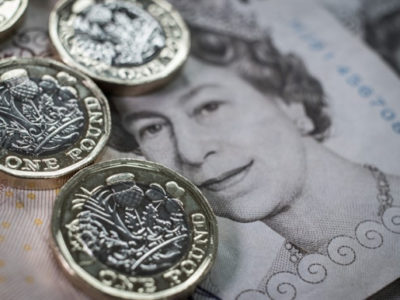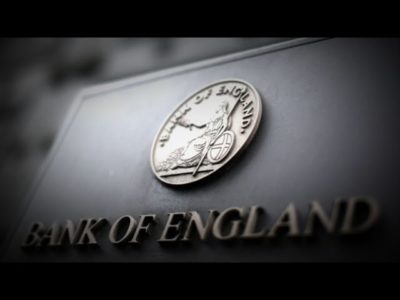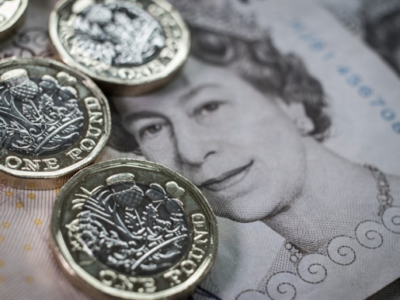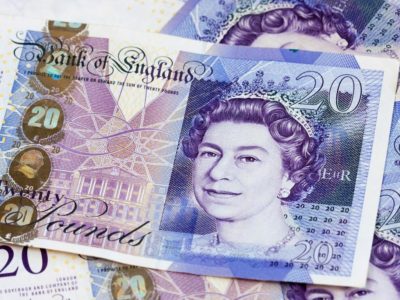What Caused the GBP Crash
Evdokia Pitsillidou, Director of Risk, easyMarkets
A quick glance at the forex charts of the pound pairs is enough for one to conclude that sterling had a huge crash last week, pushing prices to lows not seen in decades. Cable fell by more than a thousand pips in just a couple of minutes while the Guppy fell by more than 750 pips. As it turns out, a combination of events and market factors is to blame for the sudden move.
The British pound has been on weak footing to begin with, as U.K. Prime Minister Theresa May just confirmed the timing for the start of the Brexit negotiations during her weekend testimony. This brought back some degree of unease in the European markets, with many speculating that the uncertainties surrounding the issues to be discussed during the negotiations are likely to dampen spending and investment.
But what was seen as the main trigger for the pound’s tumble was French President Hollande’s speech on late Thursday, sometime between the end of the U.S. session and the opening of the Asian markets. In his testimony, Hollande stressed the need to make negotiations tough on the U.K., asserting that exiting the European Union comes at a price. This revived speculation of a “hard Brexit” that would take a huge toll on the U.K. economy, particularly if it loses access to the single market.
On a normal trading day, these remarks would spark a lot of weakness for the U.K. currency, but what magnified the move at that particular time was the low liquidity during the session overlap. With illiquid conditions, market makers have to adjust their prices until they find counterparties who are willing to match those prices.
Apart from that, many also say that algorithmic trading systems are mostly to blame for exacerbating the move. In particular news-based algo systems that automatically scan the headlines for keywords relating to the Brexit coming from top European officials might have set off huge orders during Hollande’s testimony. To top it off, plenty of sell orders were likely located below the recent lows on the pound pairs so the bearish move seemed unstoppable.
Another theory for the sudden move was a fat finger incident, which might’ve involved a trader putting one too many zeros on a short pound position that was caught by algos which also jumped in the move. These incidents aren’t new to the forex market or the financial arena, as these errors have caused similar crashes in the past.
Any way you look at it, it appears as though the drop wouldn’t have been as sharp with just one of these events or factors in play. This unforeseen market move should serve as a reminder to practice proper risk management and to be mindful of how thin liquidity can yield more volatile action. Come to think of it, these pound pairs bounced right back up by hundreds of pips after spiking to those lows, most likely as traders quickly cashed in on their short-term gains.
The post What Caused the GBP Crash appeared first on Forex.Info.
Source:: What Caused the GBP Crash

